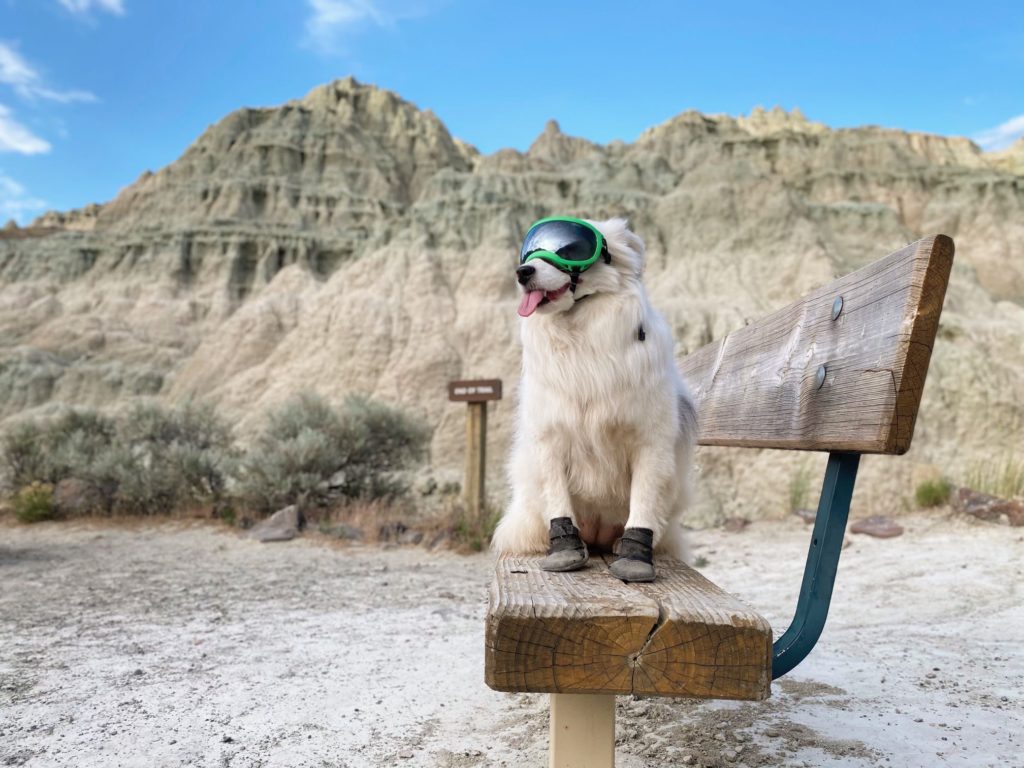
No doubt you’ve seen a YouTube video or two, featuring a dog walking in his new booties, making large steps and looking confused by these things on his feet. You can’t help but laugh, he’s so cute and so funny!
In all seriousness though, dogs wear booties for a variety of different reasons, aside from our own entertainment!
We’ll outline a few of these reasons now and help you determine if your dog needs booties and what kind is best to buy.
Why wear booties?
Active dogs, and dogs who live in dry climates are most prone to paw injuries. Dog booties are one solution to prevent scrapes and cuts that could get infected.
Especially when dogs are young, their paw pads are sensitive and sometimes they need a little extra protection from the elements.
Older dogs need protection too! Especially if they have developed Hyperkeratosis, a condition where they grow a hard, crusty material on their paw pads caused by an excess of keratin.
Booties can also help protect vulnerable paws from heat, asphalt, gravel, rocks, salt, and all over rough terrain. In Central Oregon, we have lava rock, which is especially sharp and harmful to our four footed friends.
Winter Weather
You may think that your dog will need booties when it’s cold out.
Using the same logic as we would with hot weather, if it’s too cold for your feet, it’s too cold for your pups too, right? Not necessarily. The tissue in your dog’s paws is actually designed to protect him from temperatures down to about -30 degrees Fahrenheit, even colder for some northern breeds.
So temperature alone isn’t enough to warrant dog booties, but other factors of winter weather definitely make having the booties on hand well worth it.
When mornings start getting icy in the late Fall to early Winter, it’s customary to use salt or another de-icer to melt the ice away from the sidewalks.
The main ingredient in most de-icers is either sodium chloride or calcium chloride.
These materials can cause chemical burns and irritate your dogs paws. This is a good reason to strap on some dog booties when you’re hitting the pavement for your morning stroll.
The boots can also help prevent little balls of snow from forming between your dogs paw pads. These aren’t necessarily harmful, but certainly irritating!
Summer Weather
You may have heard that if the ground is too hot for your bare feet, it’s too hot for your dogs’ paws. This is a great rule of thumb.
Booties would be appropriate in this case, but remember: dogs sweat through panting, and also through the glands in their paw pads. So keep that in mind and try to keep sessions with the booties on short and sweet.
What kind of booties should I get for my dog?
This is completely up to you.
They make dog booties that are as simple as some cotton fabric with a Velcro strap at the top. Of course there are dozens of higher end options such as Ruffwear’s Polar Trex or Grip Trex dog booties. So assess your year-round activities and go from there.
There are lots of options when you’re ready to purchase your first pair of booties.
Does your dog wear booties when you feel like it’s appropriate? Let us know in the comments, and tell us the brand of dog booties you use!


Do you have any advice or recommendations for dog booties that would be good for taking our pups on an inflatable raft or kayak?
Thanks.